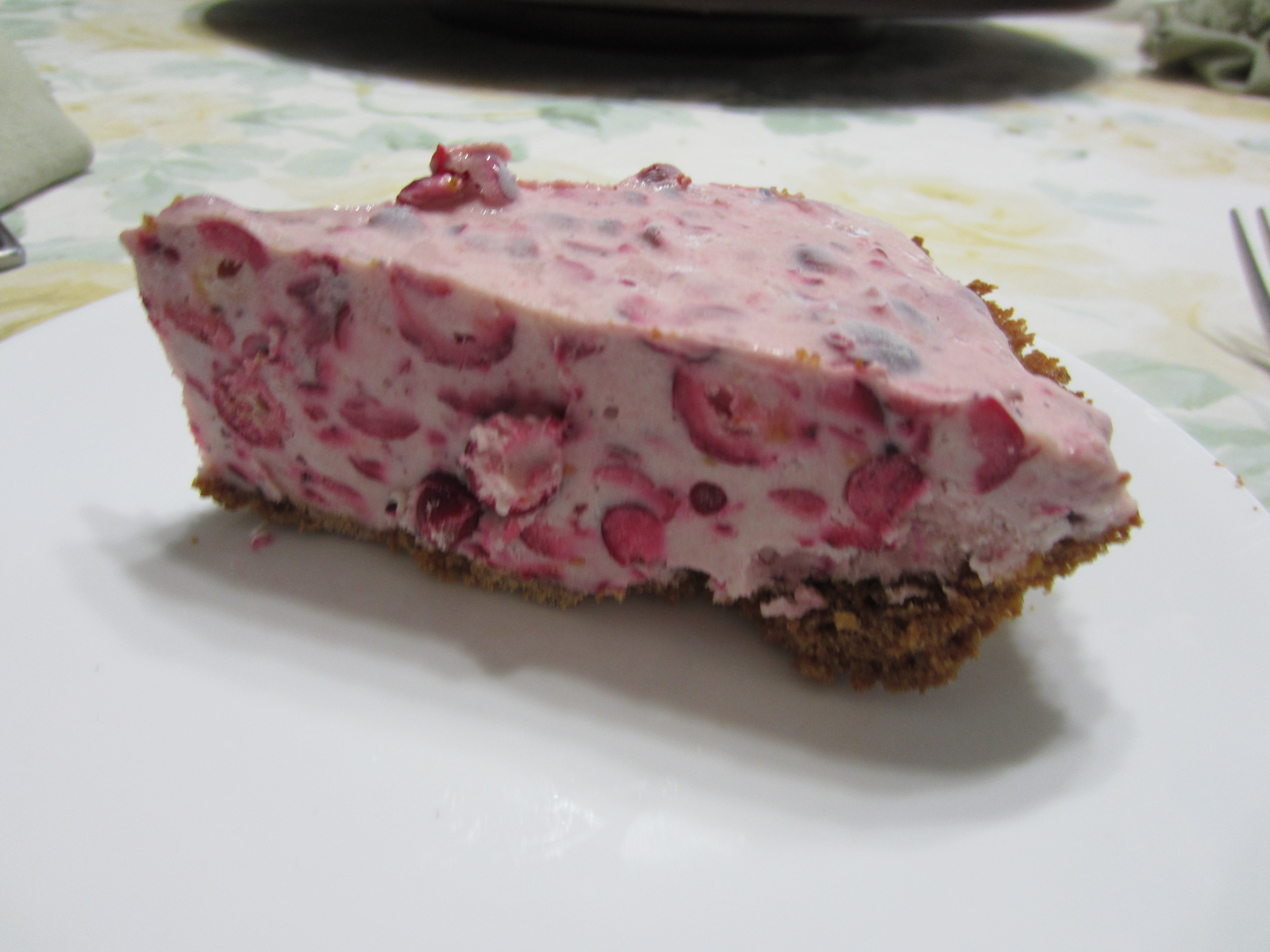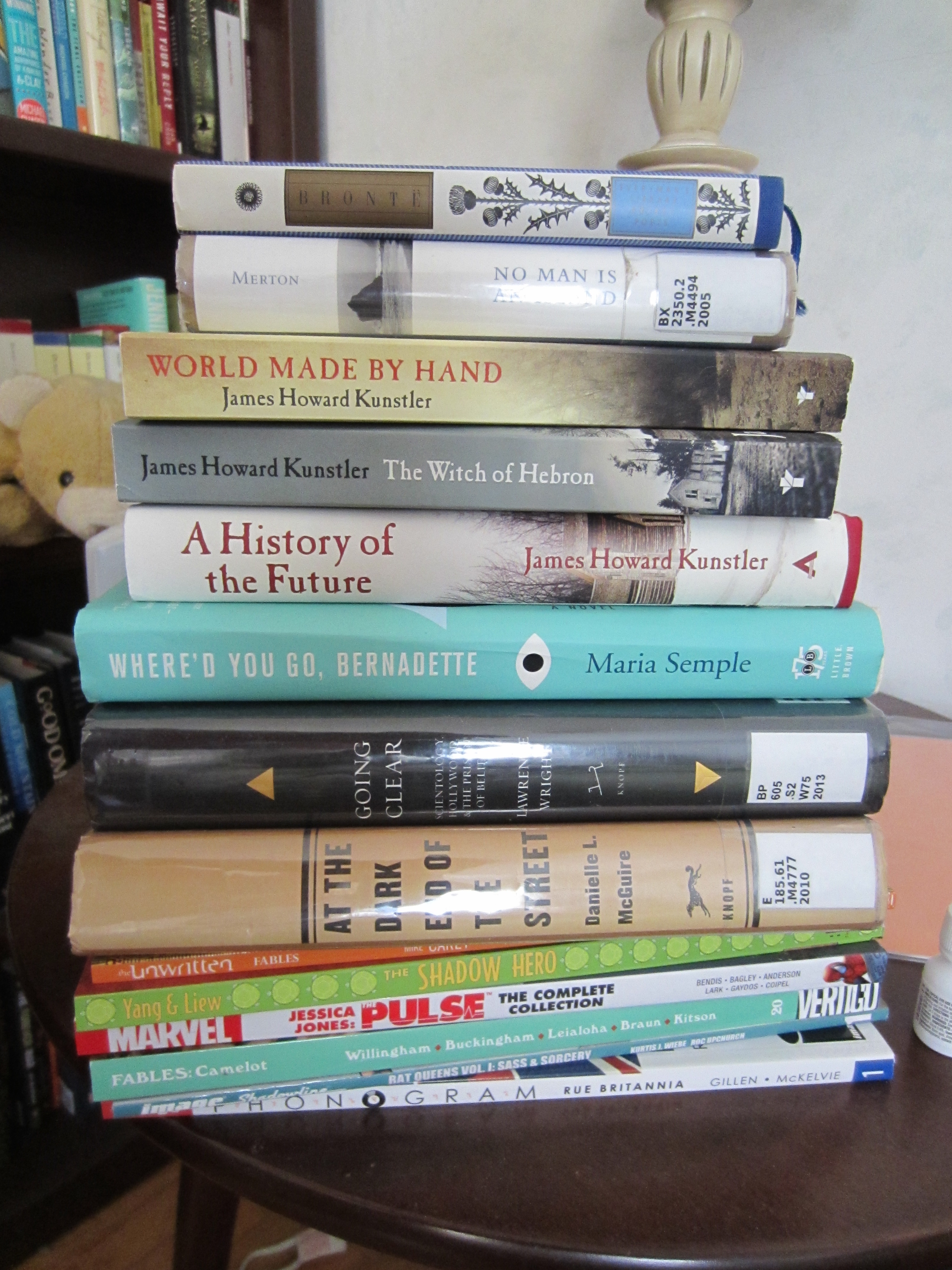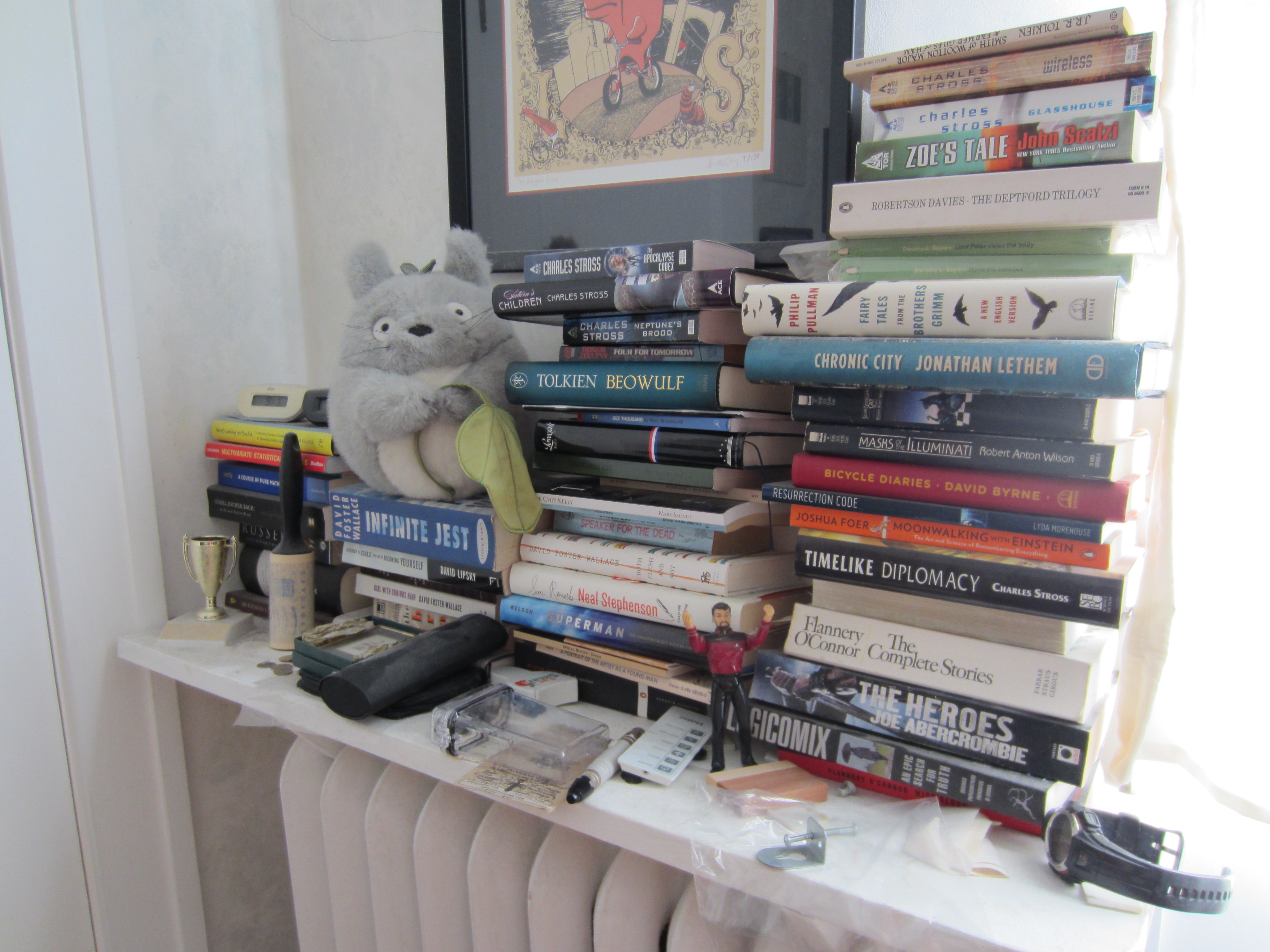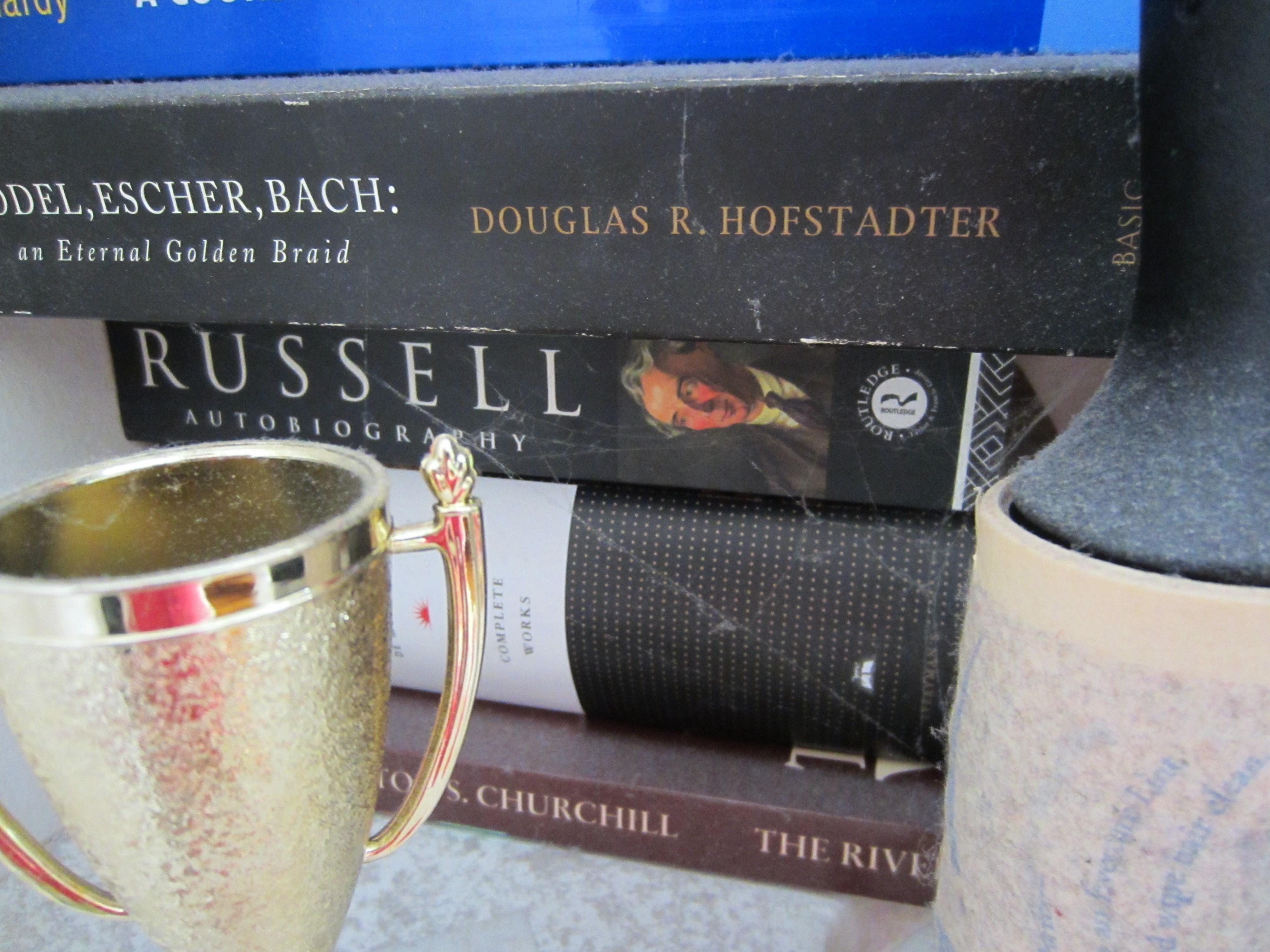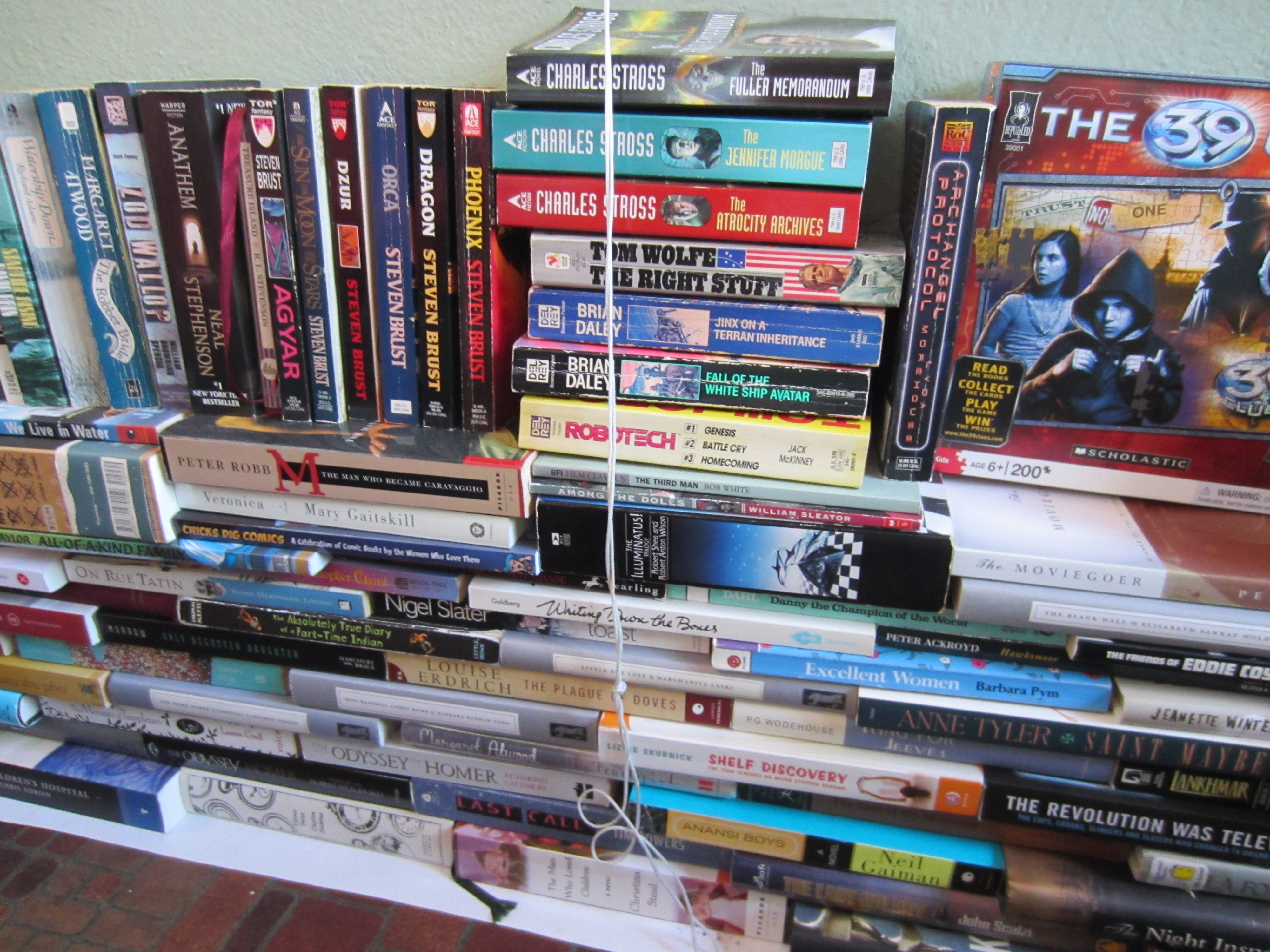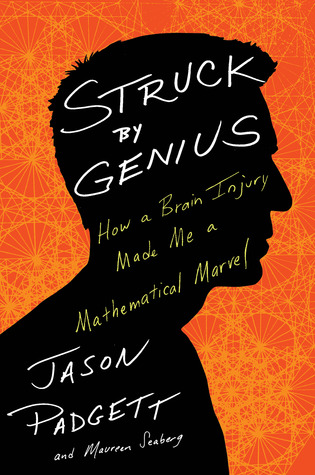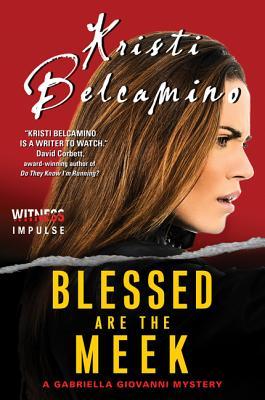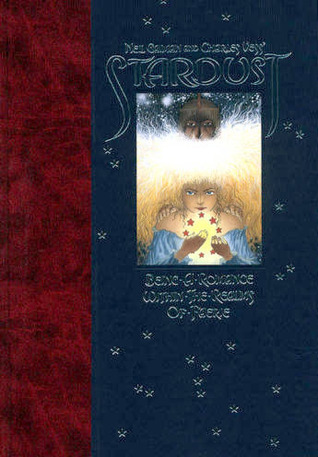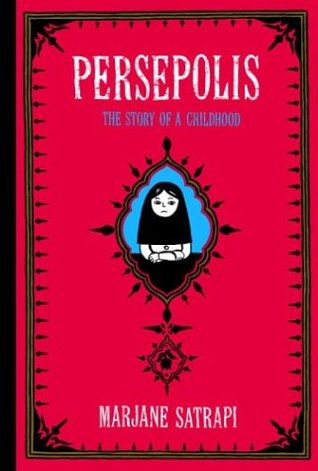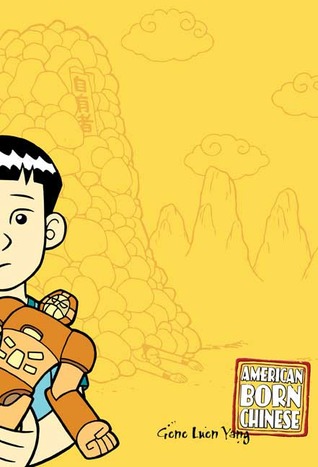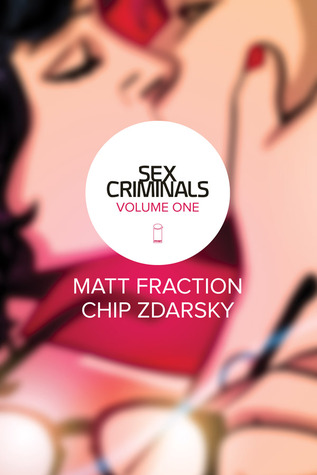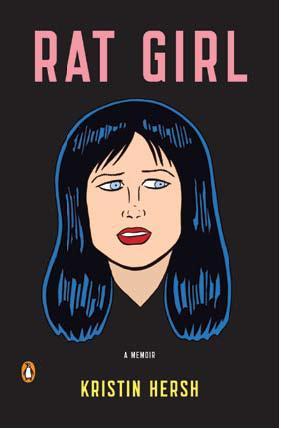
Bridge #9? Who knows?
Realized yesterday that “Seemed Like a Good Idea at the Time” could work for me as a blog title, blog subtitle, or epitaph.
Things yesterday that seemed like a good idea at the time:
1. Wearing a skirt to ride my bicycle, hoping to demonstrate the triumph of the ‘penny in yo’ pants‘ hack.
Alas, maybe its my skirt, maybe it’s my generous thighs, but I just cannot get this hack to work for me. putting the coin through both layers, back and front, does not stay, then looks like I’m shitting a coin when it falls out plus then my skirt rides up when I’m biking, and while I wear underwear and am thus not flashing my pink parts at anyone, still, it’s not the image I want to project.
2. Taking a long ride for the first time in a long time. Today, I am saddle sore. Not sure that skirt was a good choice there either, though it is dang cute.
3. Thinking I could depend on my phone’s navigation rather than carefully plotting the route to someplace I’d been to years ago, especially because it advised going over a bridge I’d had trouble finding before, PLUS a bridge in the vicinity of an area of city road washed out earlier this year by a landslide and still closed to traffic. Why yes, I am embracing run-on sentences today.
Getting there: followed phone’s directions. Instead of going way I know pretty well, I was confident I could find elusive Bridge 9. Not so. End up on rocky dirt path, and when Google maps (which still insists, years later, that bike directions are in beta, for good reason, I discover, but still, let’s get it together, already!) tells me to turn left on a bridge, the bridge is over my head, with neither end in sight.
I followed detour signs and ended up on the opposite side of river, and thought, this is wrong (which is was) but just kept going. I did finally arrive at my destination, having to re-cross river, after an hour 25 instead of the predicted 50 minutes, sweaty, late and feeling like an idiot.
Then, on way back, directions said to go straight for 5.4 miles and turn right on elusive Bridge #9. Easy, I thought, and maybe road is not washed out. BUT road is washed out, so took detour, and phone kept telling me to do impossible things like turn left into a building. I followed a nice U student who said he didn’t know which bridge was #9, but that he was going across river, so I followed him, got across river, bonus: stayed across river (yay!) and eventually found my way home.
Later, looked at map to determine I’d probably gone across Washington Avenue bridge, and have yet to get to #9.
So, what did I learn?
1. Wear pants. Possibly padded ones.
2. Bike more, so I am not going on a long ride, woefully out of shape.
3. Take a day in which I have no goal and am not hungry or tired or angry or overheated and figure out where the heck this bridge is. I had a similar problem once finding the Cedar Lake Trail entrance off the River Road (because it’s crappily marked, and almost literally a hole in the wall.)
Problems: 1. costs money. 2 and 3 sound fine, but experience shows more biking = less writing AND more eating and money spending. Solution to 2 is to moderate and alternate, and 3 is to just bike and stop biking to food destinations.
And thus, I sit in my coffee shop, writing. Not biking.

